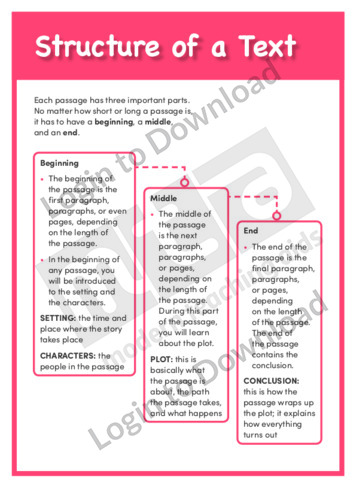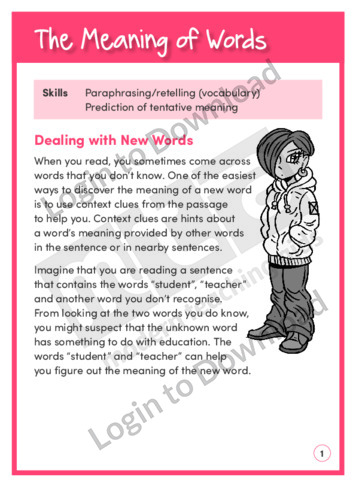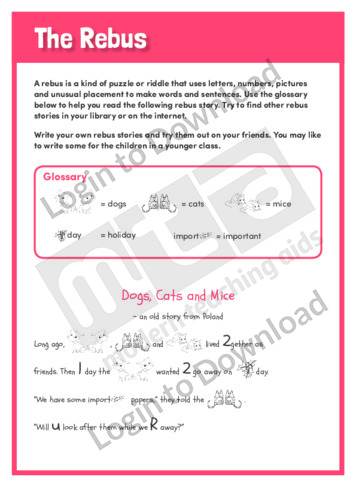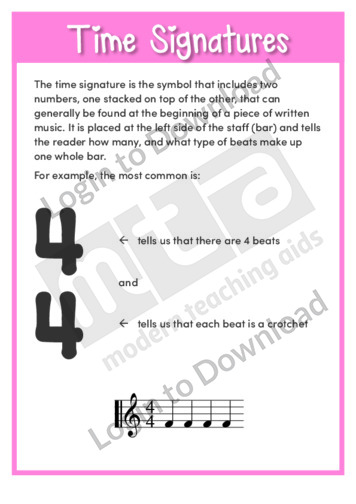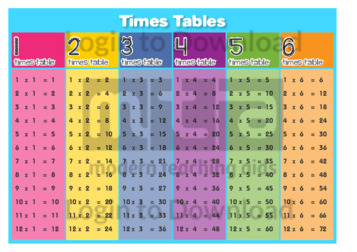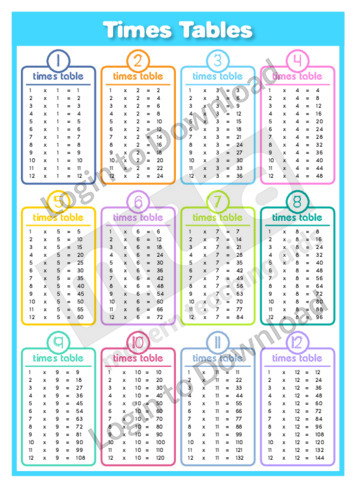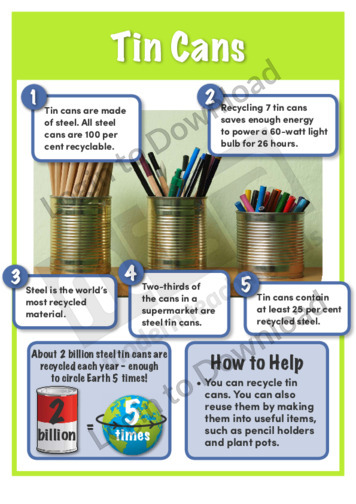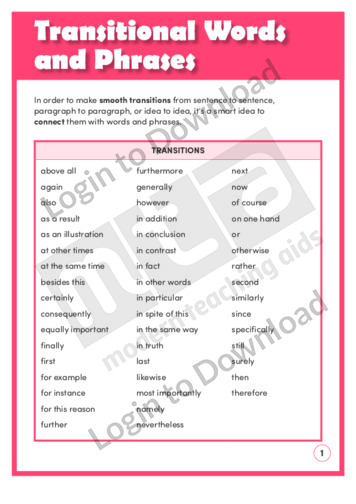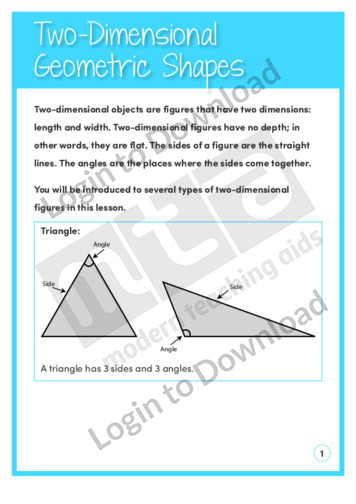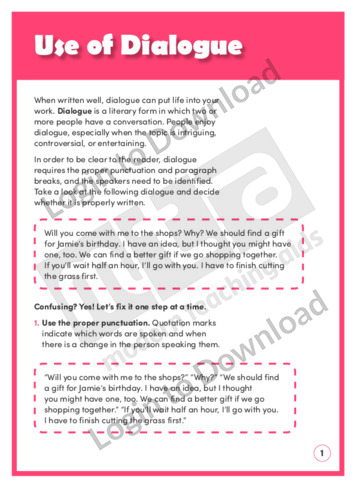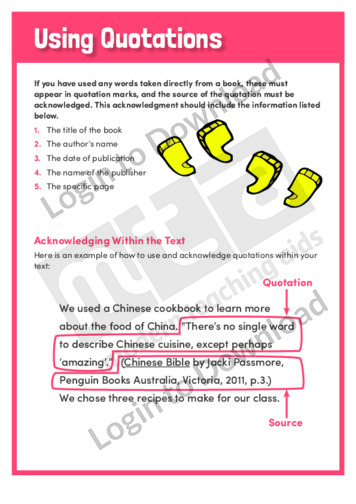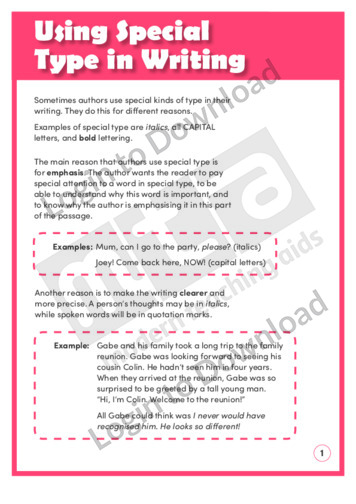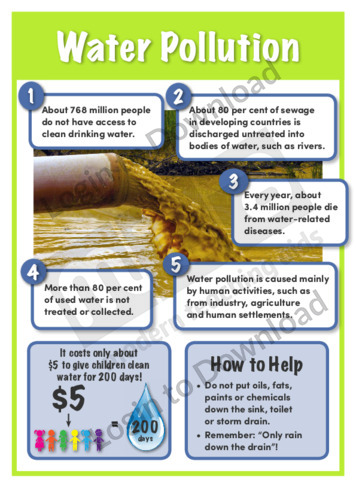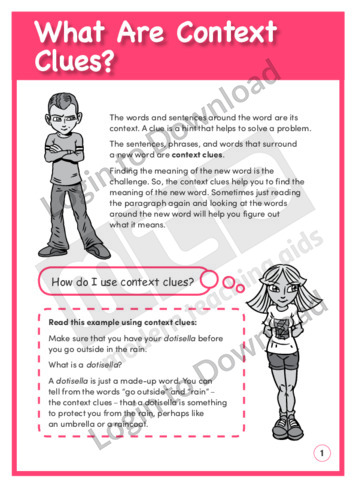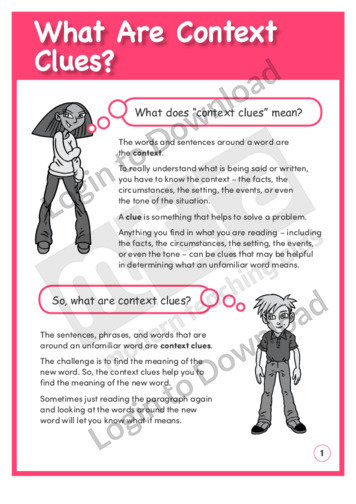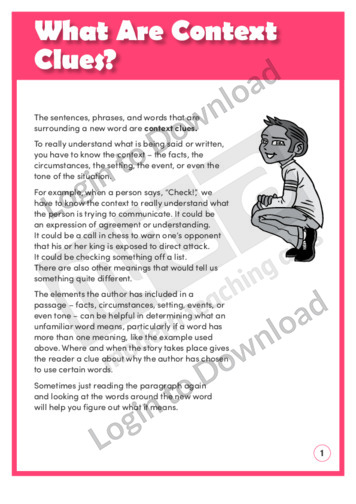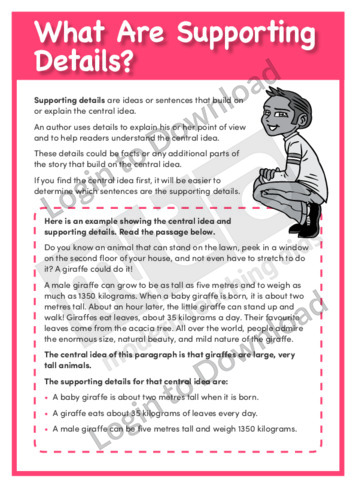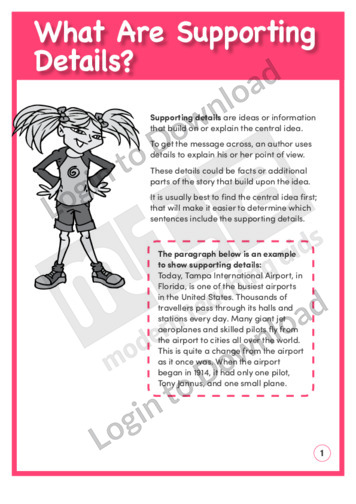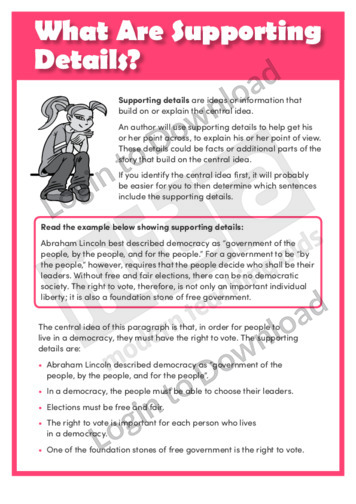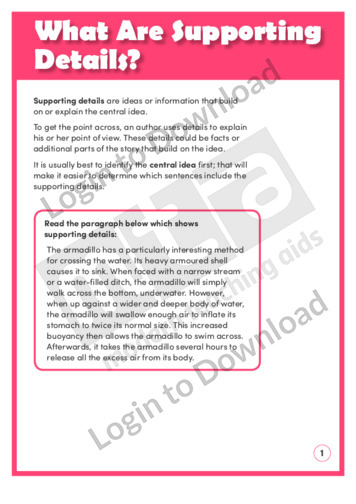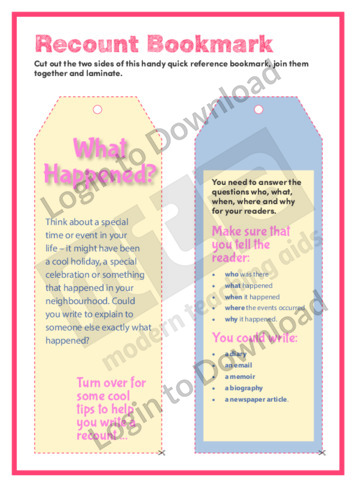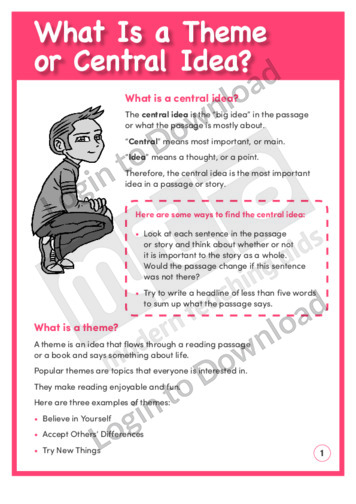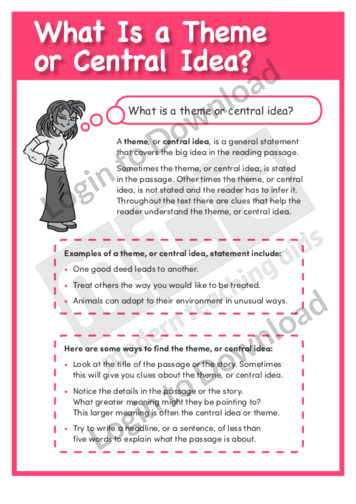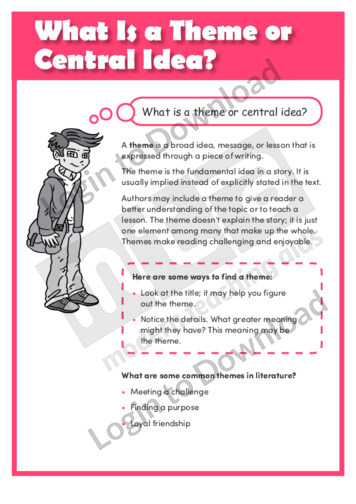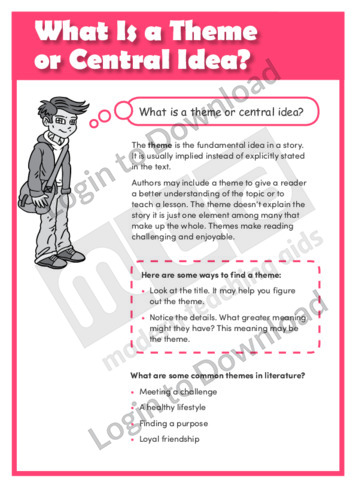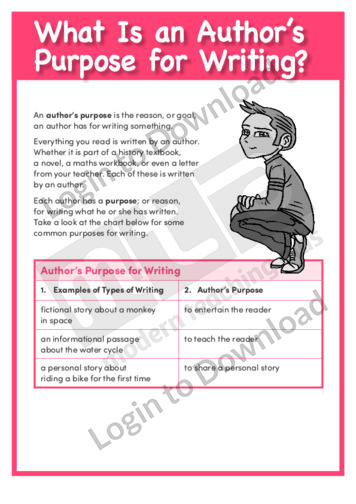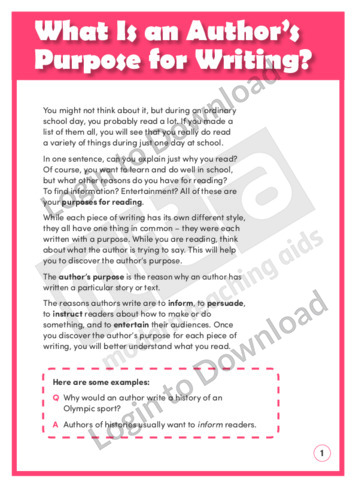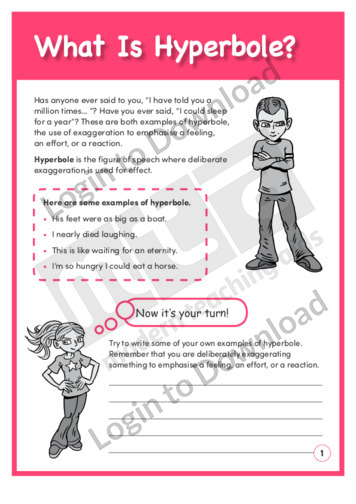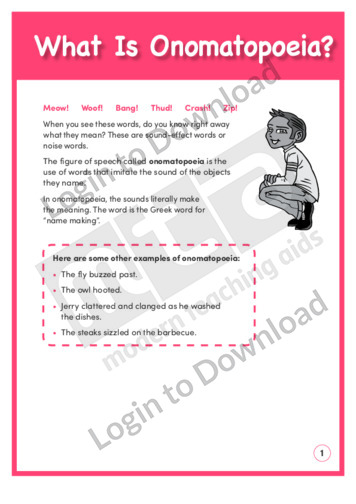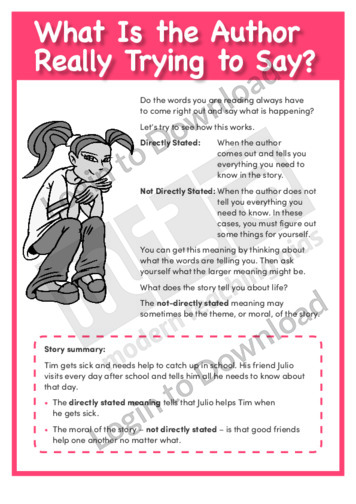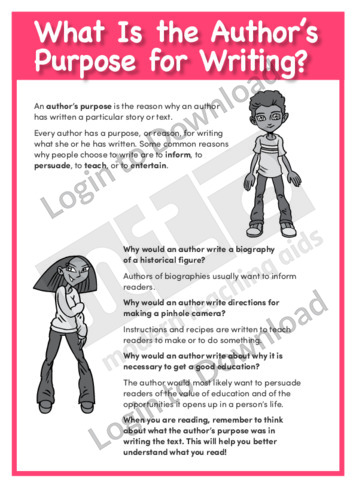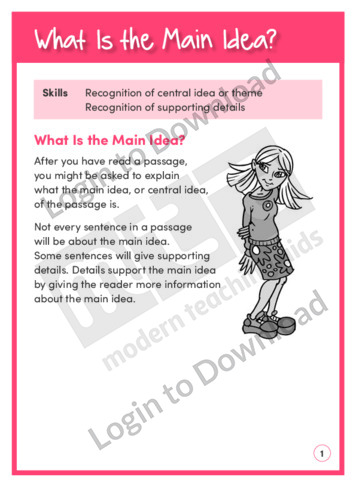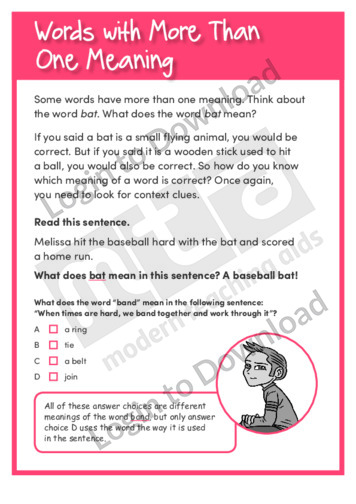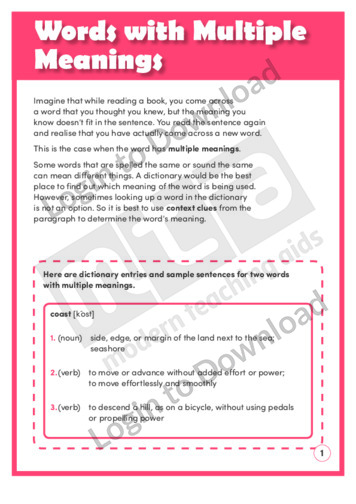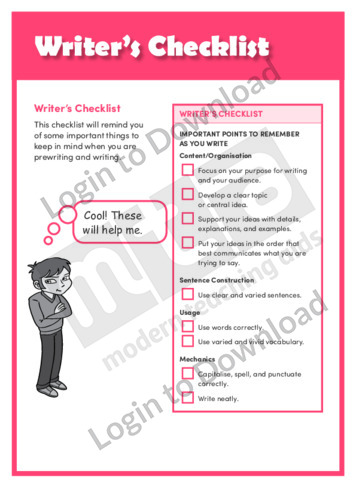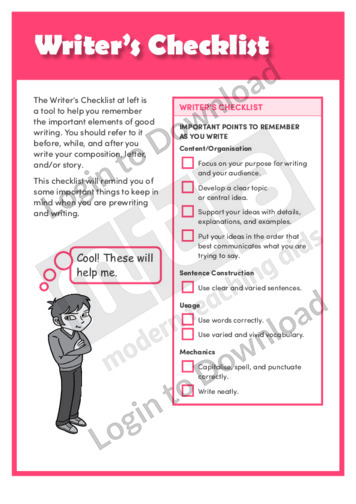This quick reference chart ‘Structure of a Text’ offers guidance on the sequence of a story. It is aimed at introducing students to the functional organisation of texts in order to gain a deeper understanding of their parts – beginning, middle, end – and each part’s purpose – establish setting and characters, plot development and …More
This quick reference chart, ‘Subitising Cards’ can be reproduced for classroom use.
This quick reference bookmark ‘Report Writing Prompt: Tell Me the Facts’ offers guidance for students as they plan and develop their writing of reports.
This meaning in text reference worksheet, ‘The Meaning of Words’ is aimed at increasing students’ awareness of semantics and encourages them to look critically at words in order to make an educated guess at their meaning in context.
This quick reference guide, ‘The Rebus’ provides students with the opportunity to understand how symbols can be used in place of words.
This quick reference chart, ‘Three Dimensional Geometric Shapes’ introduces students to three-dimensional geometric shapes. Answer sheet provided with file download.
This quick reference sheet, ‘Time Signatures’ provides students with a brief explanation for the use of time signatures in music. It can be printed out and given to students individually or it can be used as a quick reference wall chart.
This quick reference chart, ‘Times Tables’ is a great, colourful display to have in your classroom or as an answer guide to be pasted into workbooks. It can be used easily to reference table facts when checking work or when stuck for an answer. This resource has been divided into two pages so that each …More
This quick reference chart, ‘Times Tables’ is a great, colourful display to have in your classroom or as an answer guide to be pasted into workbooks. It can be used easily to reference table facts when checking work or when stuck for an answer. The benefit of this resource is that it has been divided …More
This quick reference resource, ‘Times Tables Chart’ is a great simple and colourful display to have in your classroom. It can be used easily to reference table facts when checking work or when stuck for an answer. Printing this resource in A3 or larger is recommended when using it as a display.
This quick reference resource, ‘Times Tables Chart’ is a great simple and colourful display to have in your classroom. It can be used easily to reference table facts when checking work or when stuck for an answer. Printing this asset in A3 or larger is recommended.
This science article, ‘Tin Cans’ features five facts about the environmental effects of tin cans on planet Earth. It provides factual information about tin cans, as well as ways to help lessen their impact on the environment. It is aimed at broadening students’ scientific and environmental awareness.
This quick reference chart ‘Transitional Words and Phrases’ gives students a list of words to vary sentences and keep writing interesting. It is aimed at encouraging students to make smooth transitions between sentences, paragraphs or ideas and provides a list of examples to help them do so.
This quick reference chart ‘Transitional Words and Phrases’ gives students a list of words to vary sentences and keep writing interesting. It is aimed at encouraging students to make smooth transitions between sentences, paragraphs or ideas and provides a list of examples to help them do so.
This quick reference chart, ‘Two Dimensional Geometric Shapes’ introduces students to two-dimensional geometric shapes.
This quick reference chart ‘Types of Writing Prompts’ guides students on how to respond to explanatory, persuasive and creative writing prompts. It is aimed at introducing students to the principles of responding to various prompts, such as topic, audience, purpose, structure and style.
This quick reference chart ‘Types of Writing Prompts’ guides students on how to respond to explanatory, persuasive and creative writing prompts. It is aimed at introducing students to the principles of responding to various prompts, such as topic, audience, purpose, structure and style.
This quick reference chart ‘Use of Dialogue’ supports students to correctly use direct speech in their writing. It aims at encouraging students to write dialogue, paying attention to correct punctuation, paragraph breaks and speaker identification.
This quick reference chart ‘Using Italics’ helps students to identify when and how to use italics in their writing. It is aimed at introducing students to the principles of using special type to convey meaning and provides examples of different cases where students can use italics to help make their writing more interesting and engaging …More
This quick reference guide, ‘Using Quotations’ provides students with guidance for how to reference source material in their writing.
This quick reference chart ‘Using Special Type in Writing’ shows students how and when to use capital letters, italic type and bold lettering. It is aimed at introducing students to the principles of using special type to convey meaning and provides examples of using capital letters, italic type and bold lettering to add emphasis and …More
This ‘Washing the Dishes’ food and nutrition poster can be laminated and used as part of a classroom display. The poster provides students with step-by-step instructions about how and in what order to wash the dishes. It builds students’ awareness of food hygiene and encourages them to develop good kitchen habits.
This science article, ‘Water Pollution’ features five facts about the effect of water pollution on planet Earth. It provides factual information about water pollution, as well as ways to help lessen its impact on the environment. It is aimed at broadening students’ scientific and environmental awareness.
This quick reference chart ‘What Are Context Clues?’ helps students to find the meaning of new words. It encourages students to look critically at words in order to ascertain their particular meaning in context.
This quick reference chart ‘What Are Context Clues?’ supports students to use various strategies to find the meaning of new words. It encourages students to look critically at words in order to ascertain their particular meaning in context.
This quick reference chart ‘What Are Context Clues?’ supports students to use various strategies to find the meaning of new words. It encourages students to look critically at words in order to ascertain their particular meaning in context and provides examples for students to practise.
This quick reference chart ‘What Are Context Clues?’ supports students to use various strategies to find the meaning of new words. It encourages students to look critically at words in order to ascertain their particular meaning in context and provides examples for students to practise.
This quick reference chart ‘What Are Creative and Expository Writing Prompts?’ shows students how best to respond to such prompts. It introduces students to the principles of creative and expository writing and how to consider topic, audience and purpose before they begin to write.
This quick reference chart ‘What Are Creative and Expository Writing Prompts?’ shows students how best to respond to such prompts. It introduces students to the principles of creative and expository writing and how to consider topic, audience and purpose before they begin to write.
This quick reference chart ‘What Are Supporting Details?’ helps students to identify the supporting details in a story. It is aimed at introducing students to the principles of deconstructing texts in order to gain a deeper understanding of their purpose.
This quick reference chart ‘What Are Supporting Details?’ helps students to identify the supporting details in a story. It is aimed at introducing students to the principles of deconstructing texts in order to gain a deeper understanding of their purpose.
This quick reference chart ‘What Are Supporting Details?’ helps students to identify the supporting details in a story. It is aimed at introducing students to the principles of deconstructing texts in order to gain a deeper understanding of their purpose.
This quick reference chart ‘What Are Supporting Details?’ helps students to identify the supporting details in a story. It is aimed at introducing students to the principles of deconstructing texts in order to gain a deeper understanding of their purpose.
This quick reference chart ‘What Are Supporting Details?’ helps students to identify the supporting details in a story. It is aimed at introducing students to the principles of deconstructing texts in order to gain a deeper understanding of their purpose.
This quick reference chart ‘What Are Supporting Details?’ helps students to identify the supporting details in a story. It is aimed at introducing students to the principles of deconstructing texts in order to gain a deeper understanding of their purpose.
This quick reference bookmark ‘Recount Writing Prompt: What Happened?’ offers guidance for students as they plan and develop their writing of recount texts.
This quick reference chart ‘What Is a Metaphor?’ helps students to identify and use metaphors. It is aimed at introducing students to the principles of imagery and encourages students to describe something by comparing it to something else and space for students to practise using metaphors to make their writing more interesting and engaging.
This quick reference chart ‘What Is a Theme or Central Idea?’ helps students identify a story’s central idea or theme. It is aimed at introducing students to the principles of deconstructing texts in order to gain a deeper understanding of their purpose.
This quick reference chart ‘What Is a Theme or Central Idea?’ helps students identify a story’s central idea or theme. It is aimed at introducing students to the principles of deconstructing texts in order to gain a deeper understanding of their purpose.
This quick reference chart ‘What Is a Theme or Central Idea?’ helps students identify a story’s central idea or theme. It is aimed at introducing students to the principles of deconstructing texts in order to gain a deeper understanding of their purpose.
This quick reference chart ‘What Is a Theme or Central Idea?’ helps students identify a story’s central idea or theme. It is aimed at introducing students to the principles of deconstructing texts in order to gain a deeper understanding of their purpose.
This quick reference chart ‘What Is a Theme or Central Idea?’ helps students identify a story’s central idea or theme. It is aimed at introducing students to the principles of deconstructing texts in order to gain a deeper understanding of their purpose.
This quick reference chart ‘What Is Alliteration and Personification?’ helps students to understand and use these figures of speech. It is aimed at introducing students to the principles of imagery and provides examples of alliteration and personification to help students make their writing more interesting and engaging.
This quick reference chart ‘What Is an Author’s Purpose for Writing’ shows students how to identify the purpose of a text. It is aimed at introducing students to the principles of why authors write in order to gain a deeper understanding of the purpose of each text.
This quick reference chart ‘What Is an Author’s Purpose for Writing?’ explains that authors write to inform, teach, entertain or persuade. It is aimed at introducing students to the principles of why authors write in order to gain the tools to identify the purpose of each text and a deeper understanding of why it was …More
This quick reference chart ‘What Is an Idiom?’ helps students to identify and use idioms. It is aimed at introducing students to the principles of imagery and provides examples and space for students to practise using idioms to help students make their writing more interesting and engaging.
This quick reference chart ‘What Is a Hyperbole?’ helps students to identify and use exaggeration. It is aimed at introducing students to the principles of imagery and provides examples and space for students to practise using hyperbole to help students make their writing more interesting and engaging.
This quick reference chart ‘What Is a Onomatopoeia?’ helps students to identify and use noise-effect words. It is aimed at introducing students to the principles of imagery and provides examples and space for students to practise using onomatopoeia to help students make their writing more interesting and engaging.
This quick reference chart ‘What Is the Author Really Trying to Say?’ helps students to identify the explicit and implicit meaning in texts. It introduces students to the principles of layered storytelling and explains how to identify the directly stated meaning, as well as the not-directly stated meaning, which is often the underlying theme or …More
This quick reference chart ‘What Is the Author’s Purpose for Writing?’ explains that authors write to inform, teach, entertain or persuade. It is aimed at introducing students to the principles of why authors write – to persuade, entertain, inform or teach – in order to gain a deeper understanding of the purpose of each text.
This understanding text reference worksheet, ‘What Is the Main Idea?’ explains to students about the main idea and supporting details. It is aimed at introducing students to the principals of deconstructing texts in order to gain a deeper understanding of their purpose.
This understanding text reference worksheet, ‘What Is the Main Idea?’ explains to students about the central idea or theme and supporting details. It is aimed at introducing students to the principals of deconstructing texts in order to gain a deeper understanding of their purpose.
This quick reference chart ‘What Is the Theme or Central Idea?’ helps students identify a story’s central idea or theme. It is aimed at introducing students to the principles of deconstructing texts in order to gain a deeper understanding of their purpose.
This quick reference chart ‘What to Consider When Prewriting’ guides students to consider purpose, audience, style and form before they start writing. It is aimed at encouraging students to plan the content and organisation of their composition before writing their composition.
This meaning in text activity ‘Words with More Than One Meaning’ asks students to work out the meaning of a word that has more than one meaning. It is aimed at increasing students’ awareness of semantics and encourages them to look critically at words in order to ascertain their particular meaning in context.
This quick reference chart ‘Words with Multiple Meanings’ shows students how to correctly use words that are spelled the same, but can mean different things. It encourages students to look critically at the words ‘shade’ and ‘coast’ and to use context clues in order to ascertain their meaning in different contexts.
This quick reference chart ‘Writer’s Checklist’ gives students a list of what to look for when they revise their writing. It is aimed at encouraging students to review the content, organisation, sentence construction, usage and mechanics in their writing to make their composition the best it can be.
This quick reference chart ‘Writer’s Checklist’ gives students a list of what to look for when they revise their writing. It is aimed at encouraging students to review the content, organisation, sentence construction, usage and mechanics in their writing to make their composition the best it can be.
This quick reference chart ‘Writer’s Checklist’ gives students a list of what to look for when they revise their writing. It is aimed at encouraging students to review the content, organisation, sentence construction, usage and mechanics in their writing to make their composition the best it can be.
It�s that easy!

